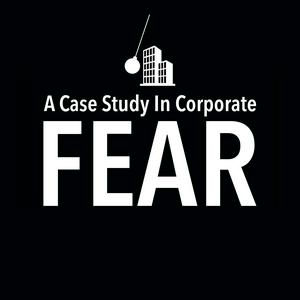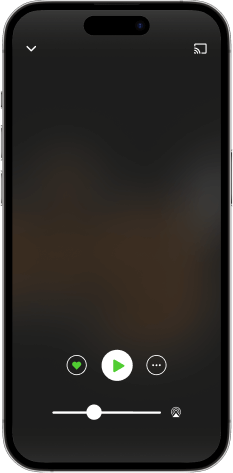Send us a textHow did Atari go from a $250 startup to controlling 80% of the video game market, only to collapse in one of corporate history's most spectacular failures? In this episode of "A Case Study in Corporate Fear," host Taras Wayner explores the company that invented the modern gaming industry – and how paralyzing fear destroyed it all.Journey back to 1972 Sunnyvale, where Nolan Bushnell and Ted Dabney created Pong in a converted roller rink, establishing a revolutionary culture where programmers were rock stars and board meetings happened in hot tubs. But when Warner Communications acquired Atari in 1976, towel industry executive Ray Kassar transformed creative chaos into corporate control—unleashing fears that brought down a gaming giant.Discover how fear of losing control led Kassar to dismiss four legendary programmers responsible for 60% of sales, directly creating Activision. Learn about the fear of competition that triggered disastrous decisions, the fear of cannibalization that abandoned the PC market, and the fear of losing brand identity that resulted in the infamous E.T. game—ultimately buried in a New Mexico desert.This catastrophe triggered the Great Video Game Crash of 1983, causing industry revenue to plummet 97% in what the Japanese called "Atari Shock." From Bushnell's vision to Nintendo's rise from the ashes, discover how fear-based leadership remains painfully relevant for today's business leaders.Timeline of Events1972: Atari founded, Pong released1975: Sears exclusive home Pong console1976: Warner Communications acquires Atari for $28 million1977: Atari 2600 launched1979: Ray Kassar becomes CEO, Warren Robinett creates first Easter egg1980: The "Gang of Four" leaves to form Activision1982: Pac-Man overproduction disaster, E.T. rights acquired1983: E.T. released and buried, market crash begins1984: Atari sold to Jack Tramiel for $240 million in promissory notesNotable QuotesNolan Bushnell: "What amazing thing can we build next?"Ray Kassar: "You four are no more important to those games than the guy on the assembly line who puts them together."Ray Kassar (reflecting): "What I did was turn Atari into a business. When I got there, it was kind of a playground, a bunch of engineers who loved to play games. It wasn't about the business."Nolan Bushnell: "Very seldom does a market leader abandon its marketplace the way Atari did. When they did, its dominance fell to Nintendo. Instead of America dominating the video game business forever, they lost it."Further ReadingBooks· Replay: The History of Video Games by Tristan Donovan - Comprehensive industry history with detailed Atari coverage· The Ultimate History of Video Games by Steven L. Kent - In-depth look at gaming's pioneers· Zap! The Rise and Fall of Atari by Scott Cohen - Deep dive into company culture and politics· Racing the Beam: The Atari Video Computer System by Nick Montfort - Technical analysis of the 2600Connect with Taras· Website: fear-incorporated.com· LinkedIn: Taras Wayner· Instagram: @fear_incorporated· Email:
[email protected]

